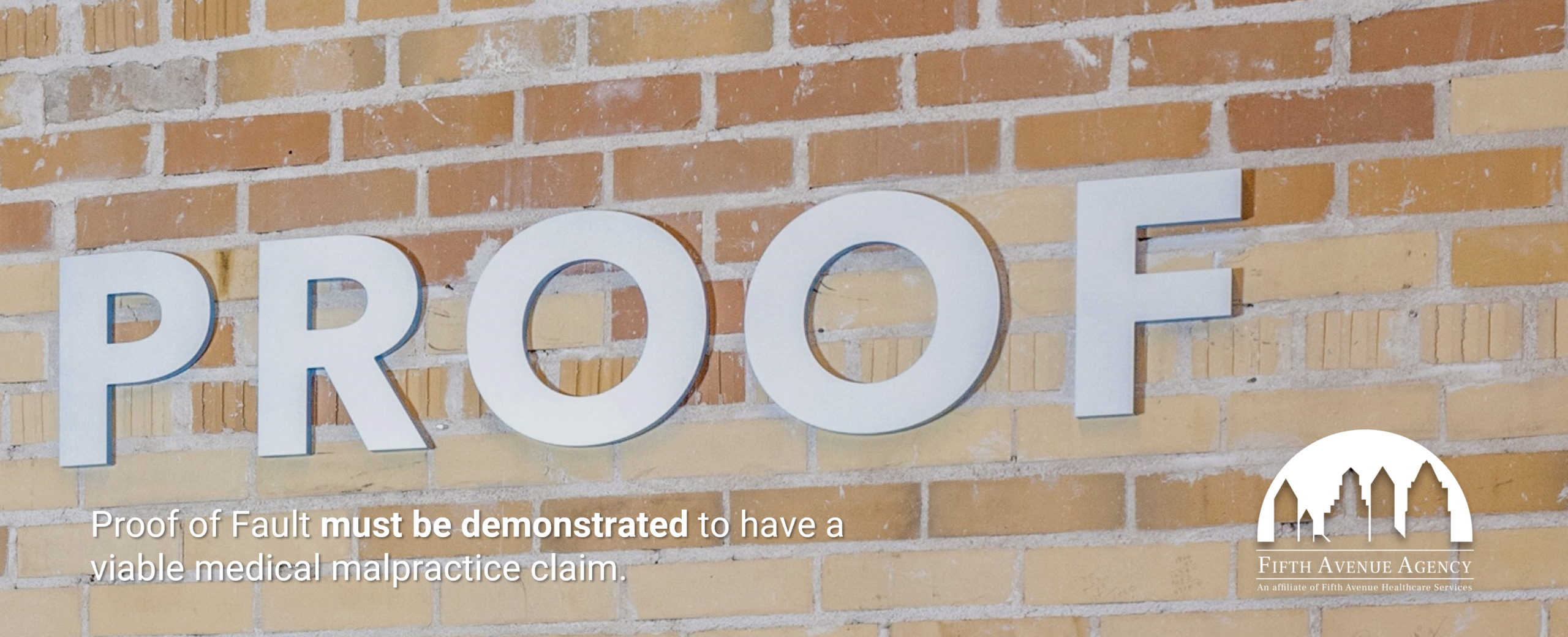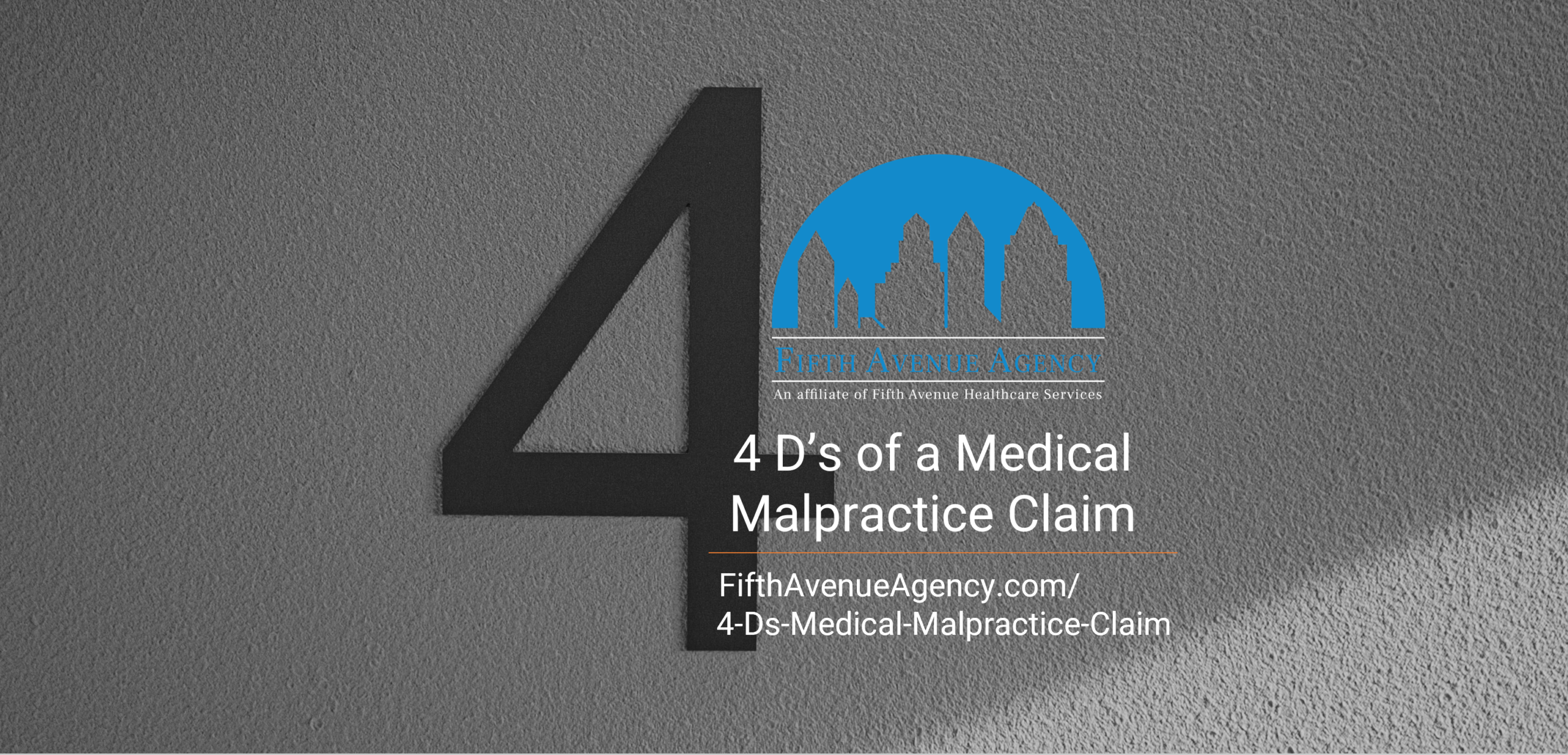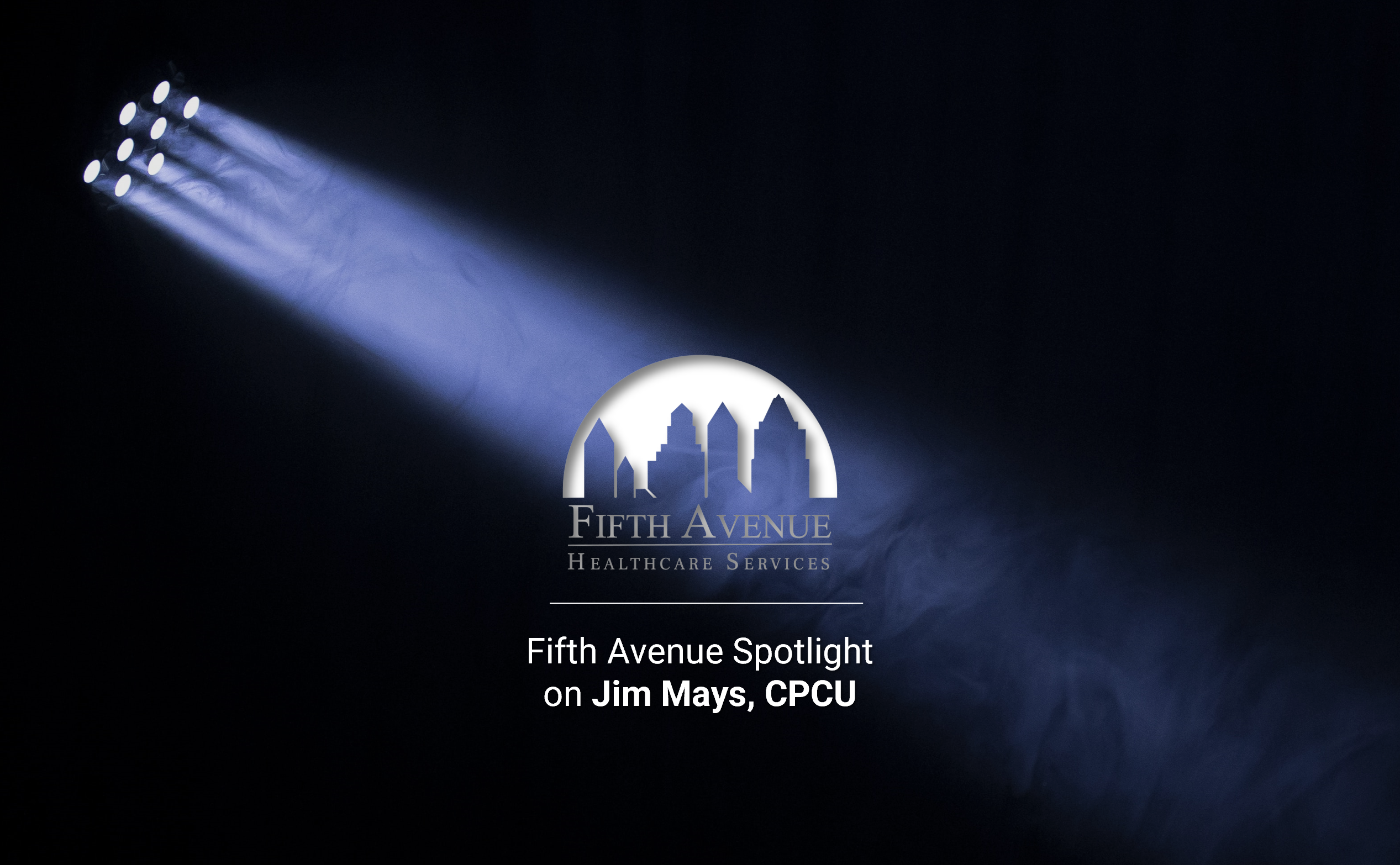Medical malpractice is any act performed by a physician while treating a patient that deviates from accepted standards of care and injures the patient. These acts can occur during diagnosis, treatment, or aftercare procedures. The injured patient must show that the physician negligently supplied care and that such negligence resulted in an injury.
Proof of fault must be demonstrated through these four elements:
- Duty. A doctor/patient relationship existed.
- Direct Cause. The doctor committed a breach of professional duty owed to the patient that deviated from a standard of care expected from similar medical professionals.
- Dereliction. The doctor’s breach of duty resulted in the patient’s injury.
- Damages. The patient sustained an injury.
Establishing these four elements requires research and testimonies provided by medical experts. Expert testimonies must illustrate the standard of care expected among workers in that specialty. Referring to a few proof-of-fault examples in medical malpractice cases can help patients and lawyers better understand how to proceed should they ever find themselves involved in litigation against a healthcare provider or organization.
Three Proof of Fault Proof of Fault Examples
1. Late Diagnosis
In April 2003, a 42-year-old child-care worker went to Jacobi Medical Center in Bronx, New York. She experienced pain in her left breast that radiated down her left arm. Two biopsies revealed two masses. The surgeon advised the woman that the biopsy showed benign tissue read as negative. The woman continued to experience pain after her biopsy. After feeling the mass in her left breast grow, she returned to Jacobi Medical Center. Once there, she was told she needed to allow the mass to heal.
In November 2003, the woman began suffering sharp, burning pain in her breast. In January 2004, she underwent another biopsy at a different hospital, Bronx Lebanon Hospital. The results were inconclusive. The following month, one more biopsy revealed that the woman had Stage IIIA breast cancer. The woman claimed that the surgeon who performed her initial biopsy was negligent in failing to promptly diagnose her breast cancer, which lowered her chance of survival.
The four elements needed to show proof of fault in this case are:
-
-
- The surgeon’s professional relationship with the patient.
- The surgeon’s failure to properly diagnose the patient’s breast cancer.
- The surgeon’s negligence resulted in the patient developing advanced-stage cancer.
- The patient has advanced-stage cancer.
-
Result: The woman received a $1.25 million settlement.
2. A Misdiagnosis
In Oklahoma in 1981, a man was brought to the Saint Francis Hospital emergency room because he complained of pain over his breastbone radiating to both sides of his chest. He was diagnosed as having gastritis and was released. A few hours later, the man suffered cardiac arrest and was returned to the hospital by helicopter, where he was pronounced dead. The man’s widow claimed the hospital was negligent in falsely diagnosing and releasing her husband rather than keeping him under observation.
The four proof of life elements in this incident are:
-
- The doctors’ professional relationships with the man.
- The doctors’ misdiagnosing of the patient.
- The doctors’ misdiagnosis resulted in the patient’s heart attack.
- The patient was killed by a heart attack.
Result: The man’s wife received $75,000 in damages.
3. Proof of Fault Example: Surgery Errors
A 27-year-old truck driver began to experience headaches and blurred vision in his left eye. When he saw an ophthalmologist, he was told he had a benign, non-cancerous tumor in his brain. The man underwent surgery to remove the tumor, but it was unsuccessful. He was forced to undergo a second surgery. The surgeons temporarily removed a part of the skull bone to have better access to the brain. The surgeons made several errors before and during the surgery. Before the surgery, the surgeons failed to conduct an arteriogram or an angiogram. These procedures produce images of arteries and blood vessels. They are also considered necessary for such an operation.
The surgeons’ goal in operating was to stop the compression on the optic nerve, not to remove the entire tumor. The surgeons did both. They also removed harmless adhesions located on the brain’s far side. Even with a better viewing angle of the brain, the surgeons did not have a clear view of the adhesions. Their negligence resulted in an artery bleed that caused the man to suffer a stroke.
Post-surgery, the man’s left side was paralyzed, and he had no vision in his left eye.
The four elements of proof of fault here are:
-
- The surgeons’ professional relationship with the patient.
- The surgeons’ failure to properly prepare the patient for surgery and inability to perform the surgery correctly.
- The surgeons’ failure resulted in the patient’s paralysis and vision loss.
- The patient is half-paralyzed and blind in one eye.
Result: The man received almost $3 million in damages.

Proof of Fault must be demonstrated to have a viable medical malpractice claim.
Medical malpractice cases can only be brought forward if proof of fault is demonstrated. If proof of fault elements can’t be shown, those cases should be dismissed. Knowing the elements can expedite an already painful process for all parties involved.
More about Fifth Avenue Agency
Fifth Avenue Agency is an independent agency specializing in MPLI and medical malpractice insurance solutions. Fifth Avenue Agency is a sister company in the Fifth Avenue Healthcare Services family. Other sister companies include 5ACVO (credentialing and primary source verification specialists) and Primoris Credentialing Network (provider enrollment specialists with 54+ health plan and network provider enrollment options available, offering both delegated and non-delegated provider enrollment services).
For information on Fifth Avenue Agency, please visit FifthAvenueAgency.com or Contact Us.















